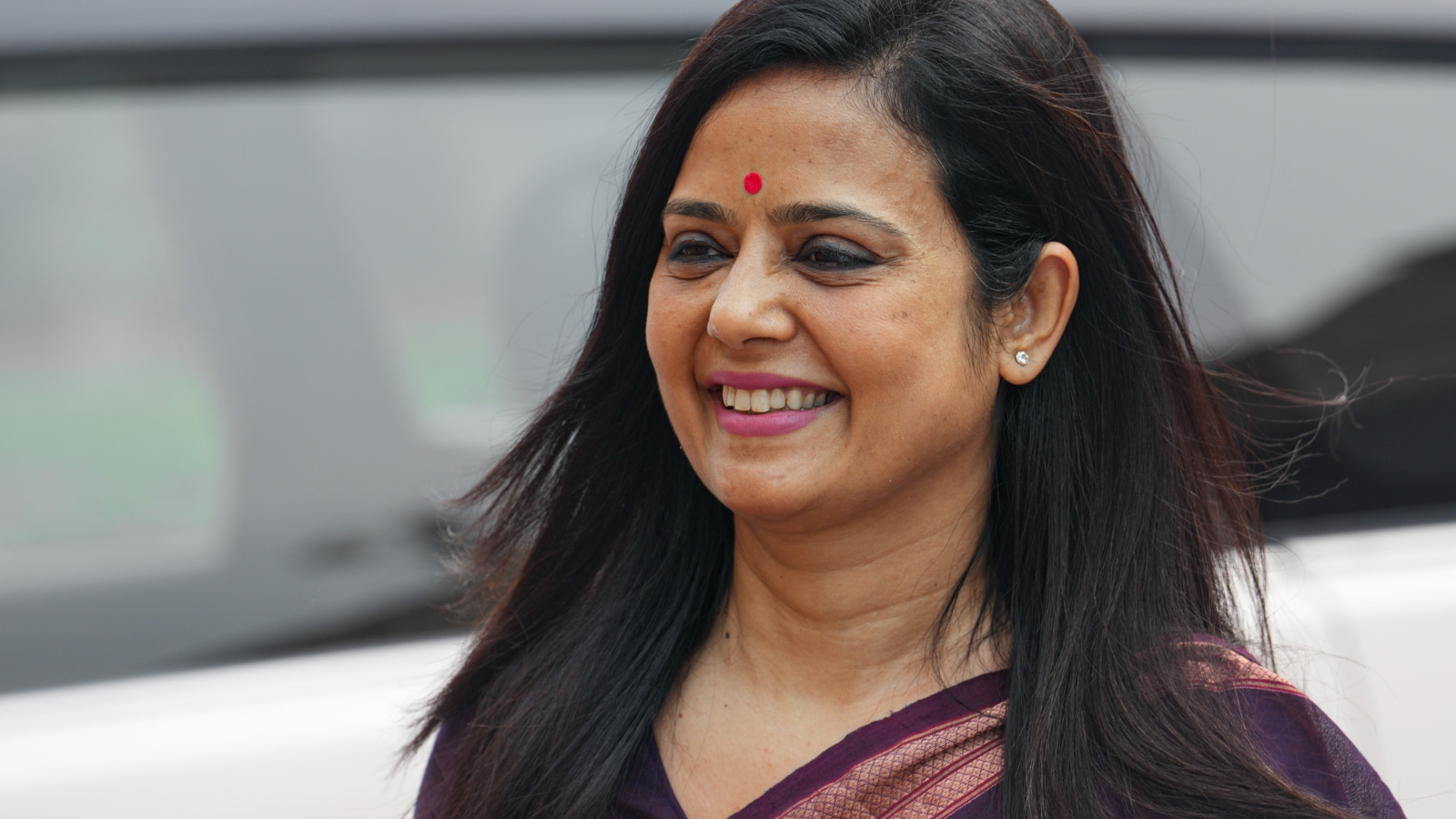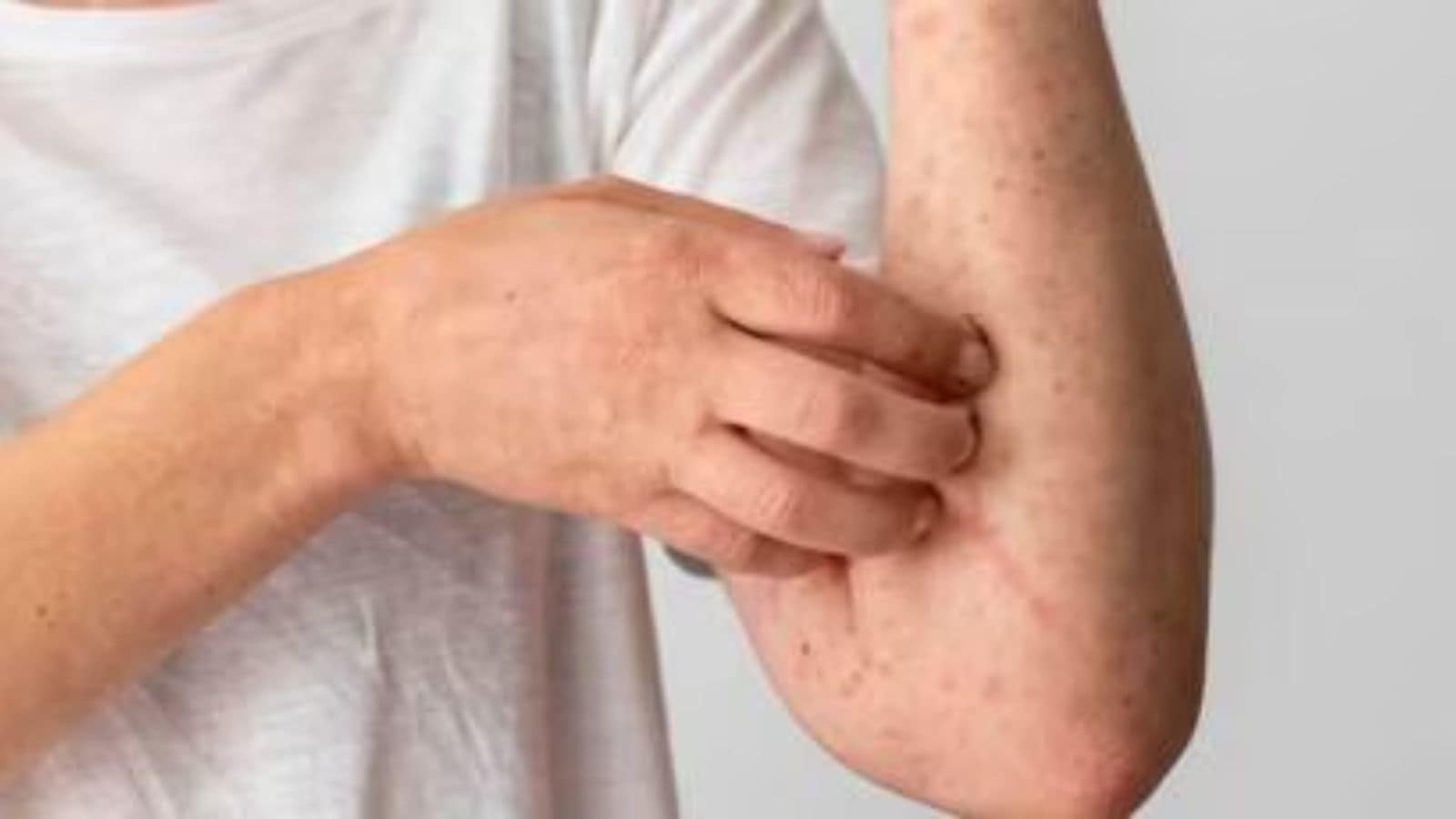With the Indian Council of Medical Research (ICMR) merging its specialty laboratories under the Infectious Disease Diagnostic Research and Laboratories (IDRL) network, concerns are rising about whether this merger will dilute the focus on fungal research in the country. With studies suggesting that fungal infections may outpace annual tuberculosis rates in India, the question is whether we need a dedicated early diagnosis network.
ICMR itself established a network of mycology laboratories (Mycology Network or MycoNet) in eight public health facilities about five years ago to map fungal infections, assess their impact and ensure rapid diagnosis to save lives. As cases of fungal infections are on the rise, experts are now wondering whether integration will impact the flow of funds and resources into these specialized laboratories and move them to the secondary centre. So far, the centers have done well to generate preliminary national data on fungal infections.
“The significant findings, made possible through ICMR’s support, demonstrate the critical importance of robust infrastructure for mycological surveillance and research. While we welcome the establishment of mycology sectors within the IRDL network, we strongly urge continued expansion and sustainable funding of the initiative itself to effectively address the rising threat of fungal diseases,” said Dr Vinaykumar Hallur, Additional Professor, Department of Microbiology, AIIMS Bhubaneswar, who has one of the mycology references at ICMR. Laboratories.
Without some sort of prioritization, experts fear that gaps in diagnosis, limited treatment options, drug resistance and co-infections with TB will put people’s lives at risk.
What is the fungal disease situation in India?
A study (published in the journal Open Forum Infectious Diseases, December 2022) estimated that India has the largest per capita burden of fungal diseases in the world. This means that more than 57 million people (4.1% of the population) are infected with serious fungal diseases.
In fact, according to the study authors, the overall burden of serious fungal infections was ten times higher than the annual incidence of tuberculosis in India. The report also noted that diagnostic limitations across the country have already hampered some high-quality epidemiological studies.
Its aim is to stimulate better surveillance, improve access and use of new generation fungal diagnostic tests and change patient outcomes, senior infectious disease expert Dr David W. Denning, who was among the study’s authors, told The Indian Express that its aim is to stimulate better surveillance, improve access to and use of new generation fungal diagnostic tests. He added: “Reference laboratories play a crucial role in specialized testing. There is a need to develop easy and affordable antifungal susceptibility tests. It is necessary to establish a well-functioning national network of fungal diagnostic laboratories to care for patients and train the next generation of experts. This will have the greatest impact on awareness, identifying cases, and reducing morbidity and mortality rates and medical costs.”
What ICMR says
Story continues below this ad
However, Dr Nivedita Gupta, head of the infectious diseases division at ICMR, says it is important to strengthen the infrastructure and capacity to test for viruses, bacteria, fungi and parasites equally and be prepared for any public health crisis. Does this mean that fungal research laboratories are being downgraded? “No. Their mandate and scope of work have been expanded. They have been modernized in fact. We have set up 10 IRDL laboratories in India in 2024. We are now setting up 15 more,” she told The Indian Express.
Why personalized mycological research helps
But fungal research needs special attention. “The challenge of managing fungal infections, whether the life-threatening ones or the chronic non-invasive type, is diagnosis. Although it starts with problems in obtaining ideal samples, the most important gap is lack of technical expertise. Performing and interpreting both conventional culture and newer, non-culture-based tests, such as PCR and next-generation sequencing, requires expertise and experience,” said Dr Jayanthi Savio, Professor, Department of Microbiology, St John’s Medical College and Hospital, Bengaluru.
According to Dr. Hallor, these facilities have already discovered different types of fungi. “The AIIMS facility here has documented the first case of azole-resistant Madorella fahalii (skin and underlying tissue) disease in India, the first global report of Arthronium rasica ravindrae keratitis (corneal infection), and the first Indian case of Funsikia nubica chromoblastomacosis (skin infection),” he said.
Experts fear that an integrated platform will dampen interest, given doctors’ already insufficient training in medical mycology and significant gaps in diagnostic infrastructure. For example, a recent study that examined the diagnostic capabilities of teaching microbiology laboratories across Odisha (under peer review) revealed alarming deficiencies: less than half of the laboratories surveyed performed antifungal susceptibility testing, and less than 15% performed cryptococcal antigen testing—a diagnostic test that the World Health Organization classifies as essential. According to Dr. Hallor, this leads to a continued lack of recognition, leading to a chronic underinvestment in mycological services.
Story continues below this ad
As of today, the innate diagnostic capabilities in lower-level cities and regions need to be strengthened. “This will only be possible if these advanced mycology centers receive sustained support,” said Dr. Savio. “They can operate in a hub and spoke model, identifying institutions within their states/regions to build diagnostic capacity through workshops and other educational programmes. They can conduct proficiency tests, antifungal susceptibility testing and store isolates in their repositories for further collaboration and advisory services.”
Justifying the comprehensive approach, Dr Gupta said the idea aligns well with the integrated One Health approach “as we can only discover the ‘unknowns’ when we have the capacity to test everything that is known. In addition, funding for each IRDL is significant.”
Regarding the cost of setting up IRDLs, she said it depends on the basic infrastructure available. “The cost of equipment, consumables and staff at the IRDL unit over five years ranges between Rs 10 and Rs 16 crore,” she added.
(tags for translation) Fungal Infections India











